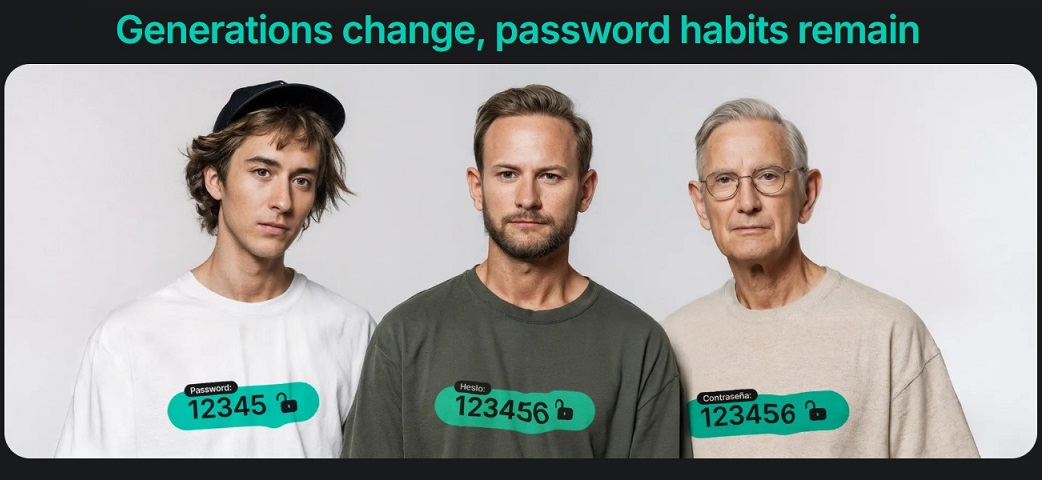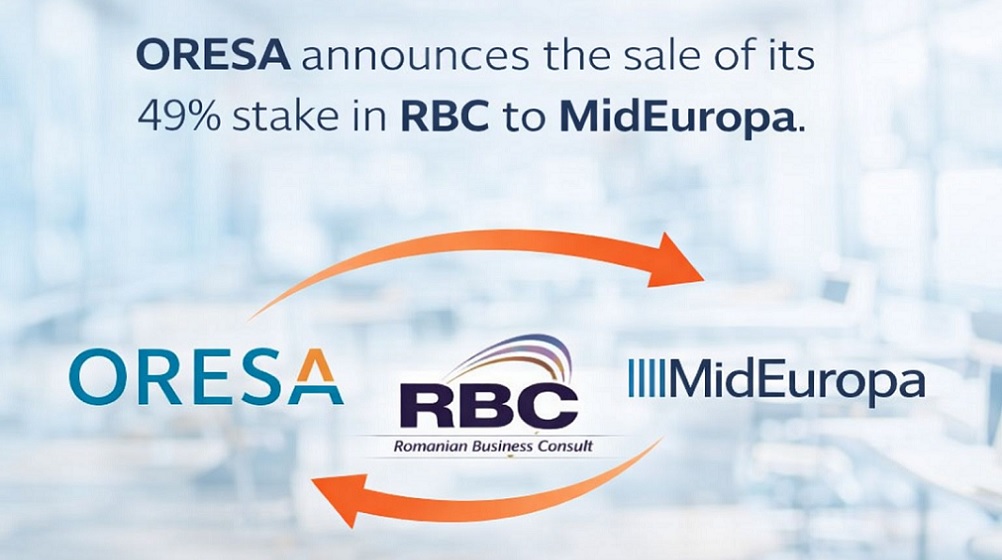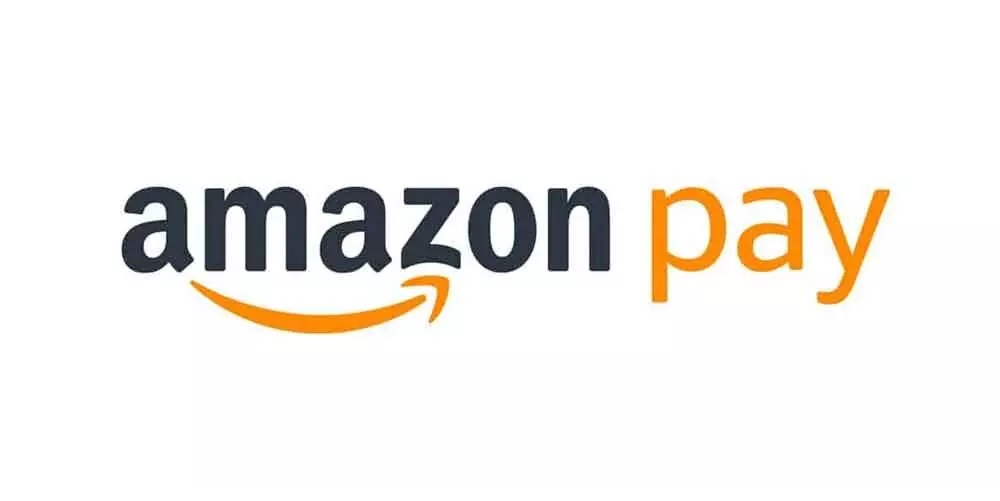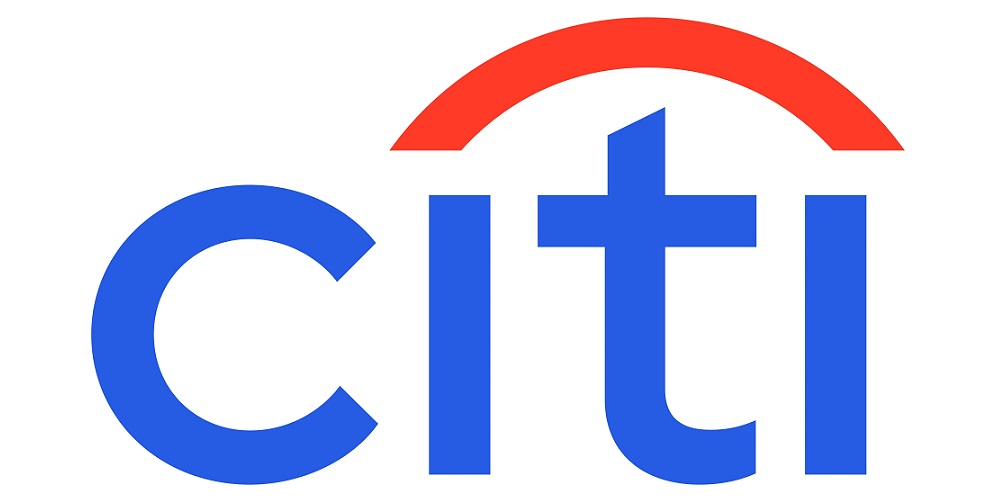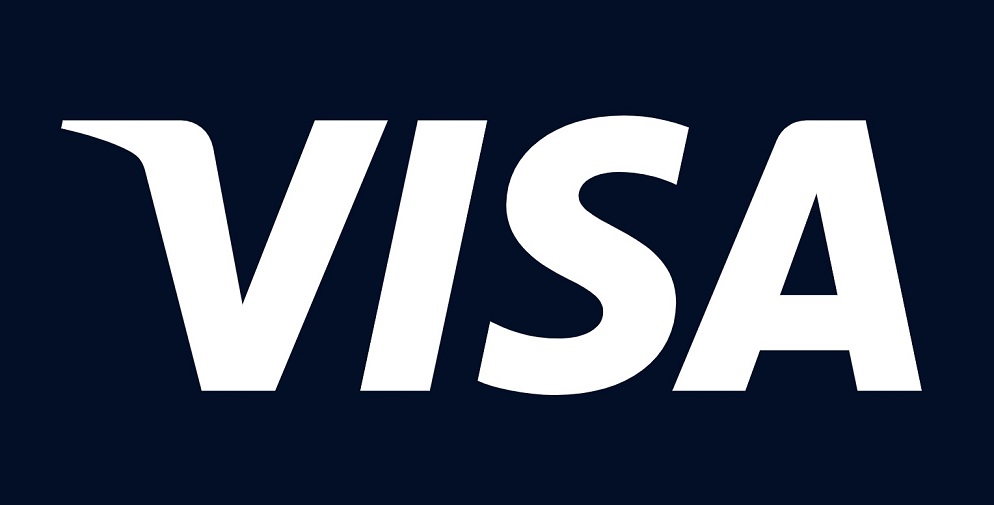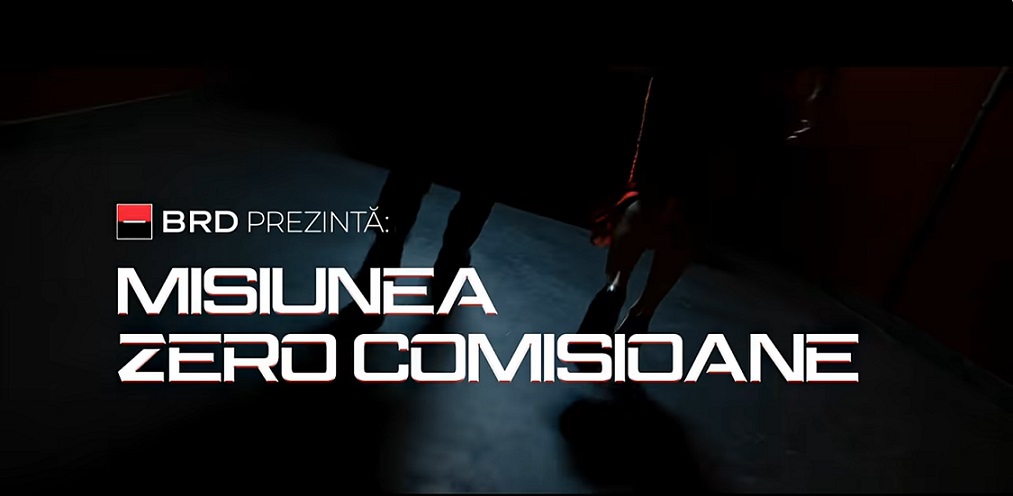Transactional demand for CBDC

In response to digitalization and the declining use of cash, the economy is undergoing the gradual replacement of public money (cash) with private means of payment in transactions. Recently, such concerns have led central banks to investigate the potential launch of a Central Bank Digital Currency (CBDC).
an article written by Digital Euro Association
The introduction of a CBDC can lead to two possible scenarios:
(1) ‘too little’ consumer demand for CBDC may lead private digital means of payments to become the dominant medium of exchange;
(2) ‘too much’ consumer demand may lead to bank disintermediation and financial instability. While the ‘too much’ scenario has been investigated thoroughly in the literature, the ‘too little’ scenario has received less attention.
In this paper the authors, Luca Nocciola & Alejandro Zamora-Pérez, investigate the ‘too little’ scenario. They use survey data on payment behaviour and preferences and provide a quantitative framework to assess demand for CBDC as a means of payment at the point of sale, accommodating a wide range of CBDC design choices.
They develop a model of payment means adoption and usage and estimate CBDC demand based on how people value different payment method attributes. This model allows to disentangle the cost associated with the adoption of new means of payments, such as a CBDC, and to assess two of its potential drivers of the cost of adopting CBDC: information frictions and gradual diffusion of digital payment methods.
Results indicate that the adoption rate and market share for CBDC can be increased if CBDC is optimally designed by fine-tuning the attributes (thus increasing the benefits for consumers) and leveraging the drivers of the adoption cost (thus reducing the cost for consumers).
The authors show that the optimal design combines features of cards (transaction speed, ease of use, safety and convenience) and cash (acceptance, anonymity, settlement speed and usefulness for budgeting). Combining the best features of both instruments, CBDC adoption and usage can be boosted substantially. They provide causal evidence that a targeted information campaign can lower the cost of adopting CBDC and thus increase its adoption. Finally, It is shown that in an environment conducive to the diffusion of mobile applications, network effects may substantially increase CBDC adoption and usage, too.
Read the full paper here
Dariusz Mazurkiewicz – CEO at BLIK Polish Payment Standard
Banking 4.0 – „how was the experience for you”
„To be honest I think that Sinaia, your conference, is much better then Davos.”
Many more interesting quotes in the video below:
